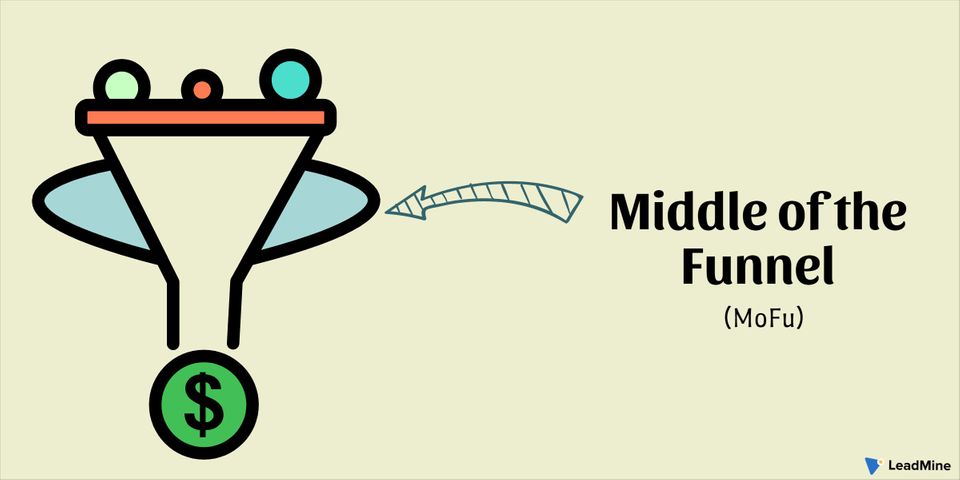If you are a knowledgeable investor, investing in initial public offerings (IPOs) can be a wise decision. However, not every upcoming IPO is a good investment. Benefits and risks are inextricably linked. It's important to consider the fundamentals before jumping on the bandwagon.
Here how it’s done:
- What is Initial Public Offering?
- How Does an Initial Public Offering work?
- Types of Initial Public Offerings
- Advantages and Disadvantages of IPO
- Summary
What is Initial Public Offering? 😵
An IPO, also known as a stock market launch, is a public offering in which a company's shares are sold to institutional and, in most cases, retail (individual) investors. An IPO is underwritten by one or more investment banks, with the intention of the shares being listed on one or more stock exchanges. This process, also known as floating or going public, allows a privately held firm to become a publicly-traded company.

An initial public offering (IPO) is the process by which a private company or organization goes public by selling a part of its shares to investors. An IPO is usually held to raise new equity capital, make existing assets more tradeable, collect future capital, or monetize existing stakeholder investments.
Initial public offerings (IPOs) may be used to raise new equity capital for companies, to monetize the assets of private shareholders such as company owners or private equity investors, and to make existing holdings or future capital raising easier to sell.
So after the IPO, shares are freely traded in the open market, known as the free float. Stock markets require a minimum free float, both in absolute terms (the overall value calculated by the share price multiplied by the number of shares sold to the general public) and as a percentage of total share capital such that the number of shares sold to the public divided by the total shares outstanding.
While an IPO has a lot of advantages, it also has a lot of drawbacks, the most notable of which are the costs associated with the operation, such as banking and legal fees, as well as the continuing need to reveal essential and often sensitive information.
How Does an Initial Public Offering work? 🤔
Going public is a complex, time-consuming method that most businesses find difficult to manage on their own. A private company planning an IPO must not only prepare for a surge of public interest but also submit a mountain of paperwork and financial statements to the Securities and Exchange Commission (SEC), which is in charge of public corporations.
That's why a private company planning to go public hire an underwriter, typically an investment firm, to advise them on the IPO and assist them in determining an initial price. Underwriters assist management in preparing for an IPO by developing key investor documents and arranging roadshows with prospective investors.
The underwriter issues shares to investors and the company's stock start trading on a public stock exchange, such as the New York Stock Exchange (NYSE) or the Nasdaq until the company and its advisors have decided on an initial IPO price.
Types of Initial Public Offerings 🧐
There are two forms of initial public offerings. They are as follows:
- Offering with a Fixed Price
The issue price that some companies set for the initial selling of their shares is known as a fixed price IPO. The price of the stocks that the company wishes to make public is revealed to the investors. Once the problem is closed, the consumer demand for the stocks can be determined. If investors participate in this IPO, they must pay the full price of the shares at the time of application. - Offering for Book Building
In the case of book building, the company launching an IPO gives investors a 20% price band on the stocks. Before the final price is set, interested investors place bids on the shares. Investors must determine the number of shares they wish to purchase as well as the price per share they are willing to pay. The floor price is the lowest stock price, and the limit price is the highest stock price. The final decision on the price of the shares is made by the bids of investors.
Advantages and Disadvantages of IPO 💪
Advantages 👍
A company's initial public offering (IPO) is an exciting moment. It means it has grown to the point that it needs a lot of money to keep growing. It's frequently the only way for a company to raise enough capital to finance a large expansion. The funds will be used to purchase new capital equipment and facilities for the company. It's also a good way to pay off debt. Mergers and acquisitions profit from stock shares. If a company wishes to buy another company, it may use shares as a payment method.
Since it may sell equity options, the IPO also helps the organization to recruit top talent. They will allow the company to pay its executives relatively low initial salaries. They get the assurance that if the IPO goes well, they will be able to cash out later.
It's finally time for the owners to reap the benefits of all their hard work. This is either a group of private equity investors or a group of senior executives. They normally get a large percentage of the company's initial stock. They stand to profit handsomely when the business goes public. The prestige of being listed on the New York Stock Exchange or the NASDAQ is also appealing to many.
It's referred to as "getting in on the ground floor" by investors. This is due to the fact that when an initial public offering (IPO) is first made available on the stock market, its valuation will skyrocket.
Disadvantage 👎
The IPO procedure necessitates a significant amount of effort. It has the potential to divert company executives' attention away from their core market. Profits can suffer as a result. They'll still need to employ a financial institution like Goldman Sachs or Morgan Stanley. These investment companies are in charge of leading the business through the challenges of the initial public offering (IPO). These companies, unsurprisingly, demand a high fee.
It's possible that the company's owners won't be able to take many shares for themselves. The original investors may require them to put all of the money back into the business in some cases. And if they take their shares, it's possible that they won't be able to sell them for many years. This is because selling large blocks of stock could hurt the stock price. Investors will interpret this as a lack of faith in the business.
Since the Board of Directors has the authority to fire business owners, they will lose control of the company.

Regulators, such as the Securities and Exchange Commission, scrutinize a public corporation closely. The Sarbanes-Oxley Act must also be followed by its executives. Many information about the company's operations and shareholders is made public. This could provide rivals with useful knowledge.
Summary
Initial Public Offerings are commonly regarded as advantageous because they enable the issuer business to expand its asset base while also increasing its visibility and reputation. At the same time, it offers investors the chance to make substantial profits. However, in order to spot opportunities, one must keep an eye on the most recent IPOs and have a firm grasp on financial metrics analysis.
So share what you think of Initial Public Offering with us at LeadMine.





